In the article “Hummingbird Sounds: Discover the Vocal and Non-Vocal Sounds of Hummingbirds,” readers will learn about the different sounds that hummingbirds make. While their sounds may not be as melodious as other birds, hummingbirds still produce unique vocal and non-vocal sounds. From the chip note, a fast series of chirps, to the clicking sound made during territorial duels, hummingbirds use their voices and their wings to communicate and defend their territory. By listening closely to these sounds, we can gain a deeper understanding of the fascinating world of hummingbirds.
Hummingbird Sounds
Hummingbirds may not have the most melodious voices, but they certainly make up for it with their unique sounds. Unlike other birds, hummingbirds have a small voice box called the scrinz that is not capable of complex vocalizations. However, if you listen closely while they zip from flower to flower, you’ll hear them emit a single note known as the chip note. This chip note sounds like a series of fast chirps and is characteristic of hummingbird vocalizations.
Interestingly, hummingbirds have also been known to make sounds that catch our attention. Sometimes, when a feeder is empty, they create sounds that seem like a gentle poke to remind us to refill it. These sounds can be both vocal and non-vocal. Vocal sounds are produced by the voice box, while non-vocal sounds are created by the hummingbird’s wing and tail feathers.
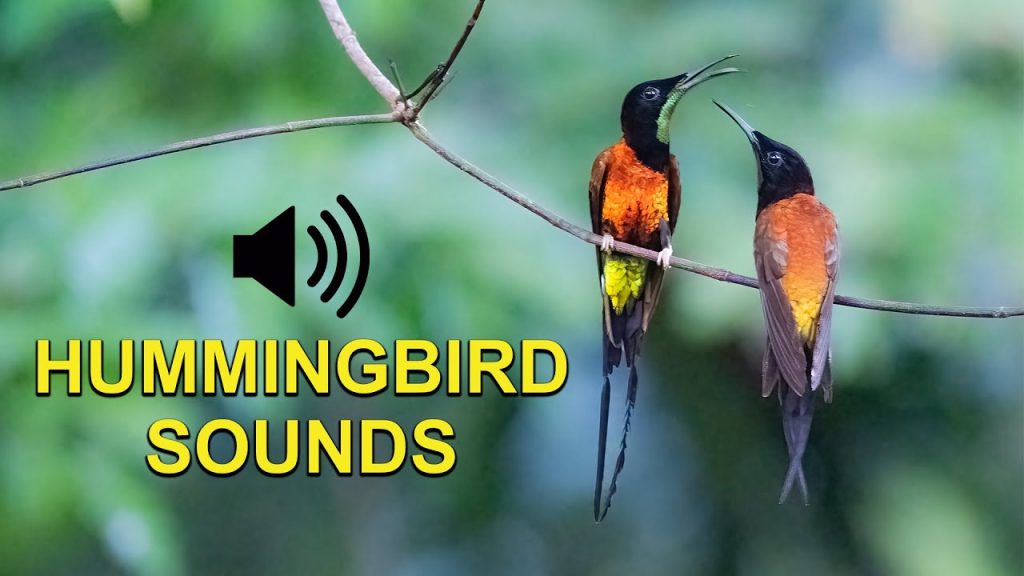
The Chip Note
The chip note is the most commonly heard vocal sound made by hummingbirds. It is a short, high-pitched chirping sound that is often described as sounding like a series of fast, rapid chirps. This chip note is believed to serve various purposes, including communication between hummingbirds and the establishment of territorial boundaries.
Sounds to Fill an Empty Feeder
We’ve all experienced that gentle poke from a hummingbird when our feeder runs out of nectar. It’s almost as if they are communicating with us, reminding us to fill it up. This behavior is a great example of how hummingbirds can use their sounds to interact with humans.
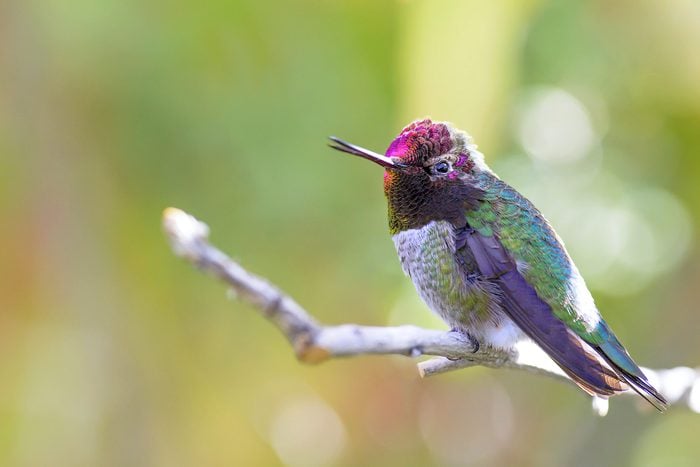
Vocal Sounds
Hummingbirds may not have a wide range of vocalizations, but they do have their own unique repertoire of sounds. These vocal sounds include the chip note, as well as other vocalizations that are specific to certain species. By listening to the vocalizations of hummingbirds, researchers and bird enthusiasts can gain insights into their behavior and communication patterns.
Non-Vocal Aerodynamic Sounds
In addition to vocal sounds, hummingbirds are also capable of producing non-vocal aerodynamic sounds. These sounds are created by the rapid movement of their wings and tail feathers. Sometimes, male hummingbirds engage in territorial disputes, and their beak duels can produce clicking sounds that may be familiar to birdwatchers.
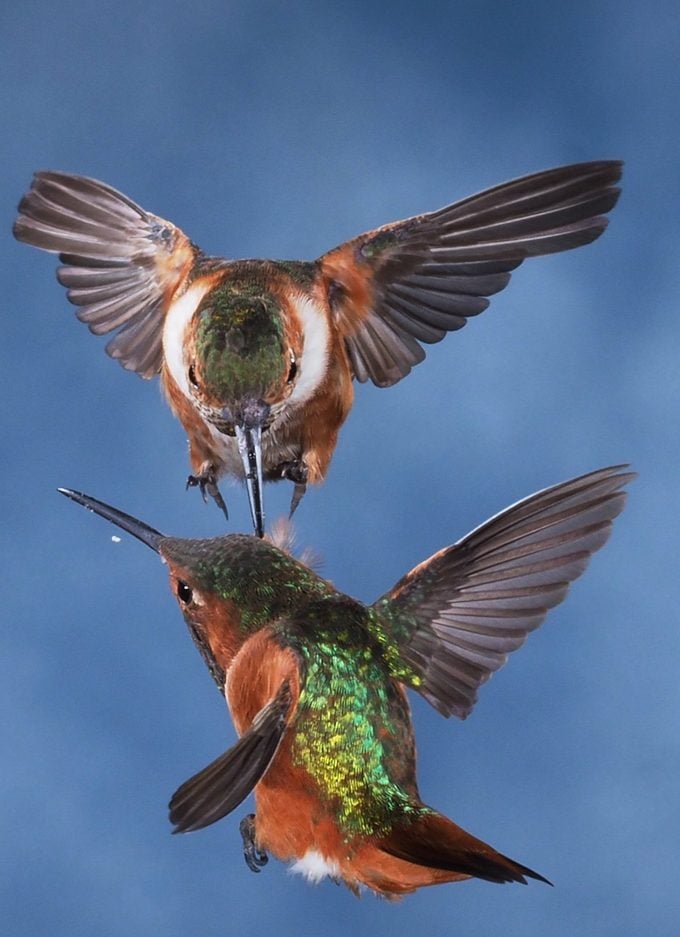
Clicking Sound
The clicking sound made by hummingbirds during territorial disputes is a fascinating aspect of their behavior. When two male hummingbirds are vying for the same territory, they will often engage in beak duels. These duels can result in a rapid clicking sound that serves as a warning to the rival bird to back off.
The Humming Sound
It is no secret that hummingbirds are named after the distinctive humming sound they produce. This sound is a result of the rapid beating of their wings, which can reach up to 60 beats per second. The unique frequency of their wing beats creates the characteristic humming sound that we associate with these remarkable birds.
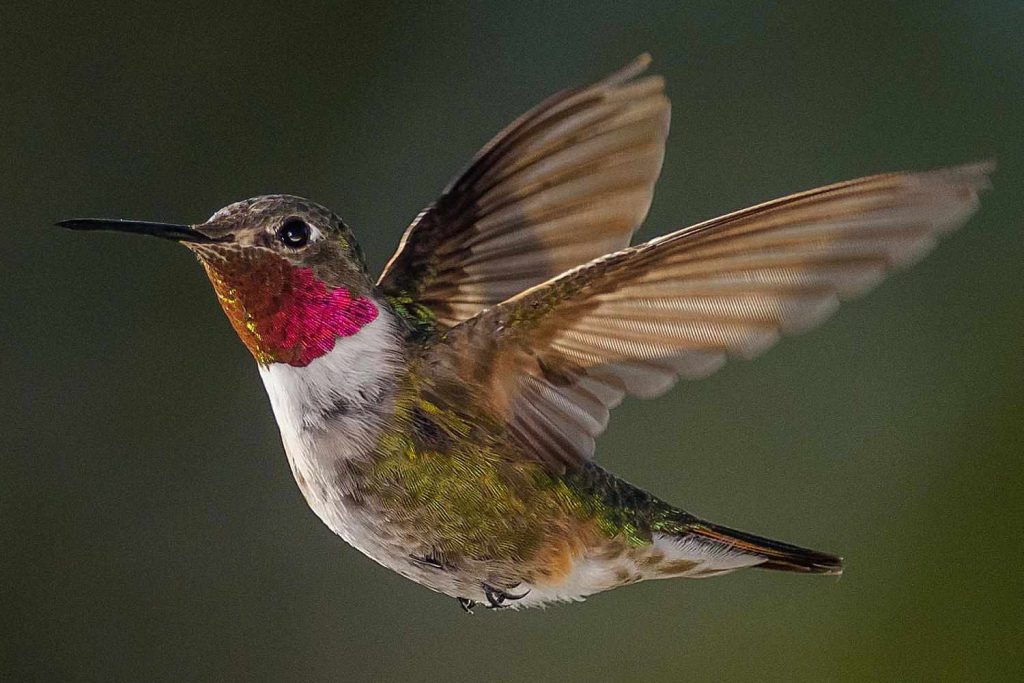
Variation in Sounds Among Species
Contrary to popular belief, not all hummingbirds make the same high-pitched sounds. In fact, there is a great deal of variation in sounds among different species of hummingbirds. While some species may have similar vocalizations, there are many distinct sounds that can be used to identify specific species.
For example, the Red-billed Streamertail, a species found in Jamaica, produces a unique whirring sound during flight. The Broad-tailed hummingbird, on the other hand, is known for its shrill wing whistle. Each species of hummingbird has its own distinct sound, allowing birdwatchers to identify them by sound alone.
Identifying Species by Sounds
Listening to the vocalizations of hummingbirds can be a valuable tool for birdwatchers and researchers alike. By familiarizing themselves with the unique sounds produced by each species, bird enthusiasts can identify hummingbirds based on sound alone. This can be particularly helpful when visually spotting hummingbirds is challenging or when observing them in low light conditions.
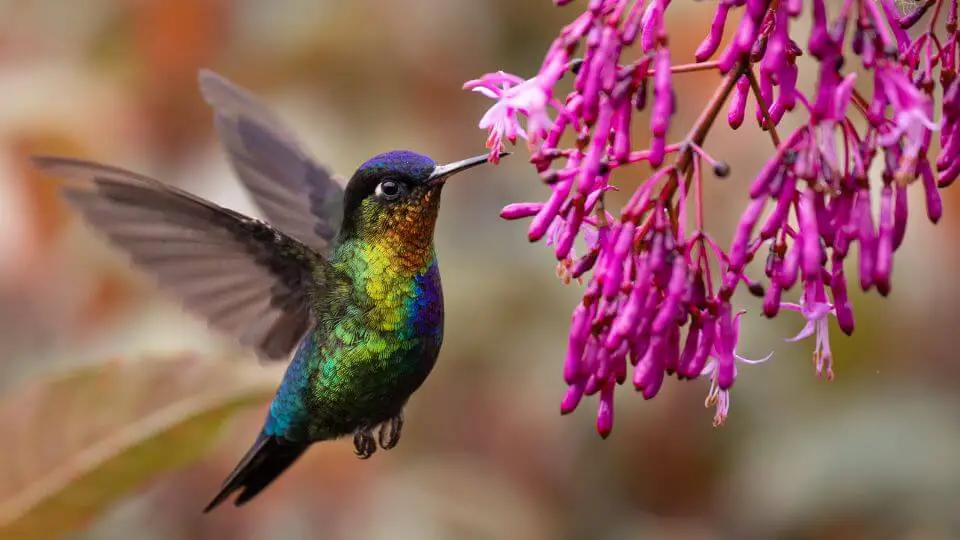
Insight into Hummingbird Behavior
Hummingbird sounds provide valuable insight into their behavior and communication patterns. By listening to their vocalizations, we can gain a better understanding of the world of these fascinating creatures. We can learn if they are hungry, scuffling with each other over territory, fighting off other bird species, or communicating with potential mates. The ability to decipher hummingbird sounds allows us to connect with these tiny birds on a deeper level and appreciate their unique behaviors.
